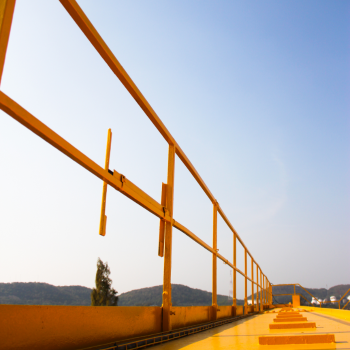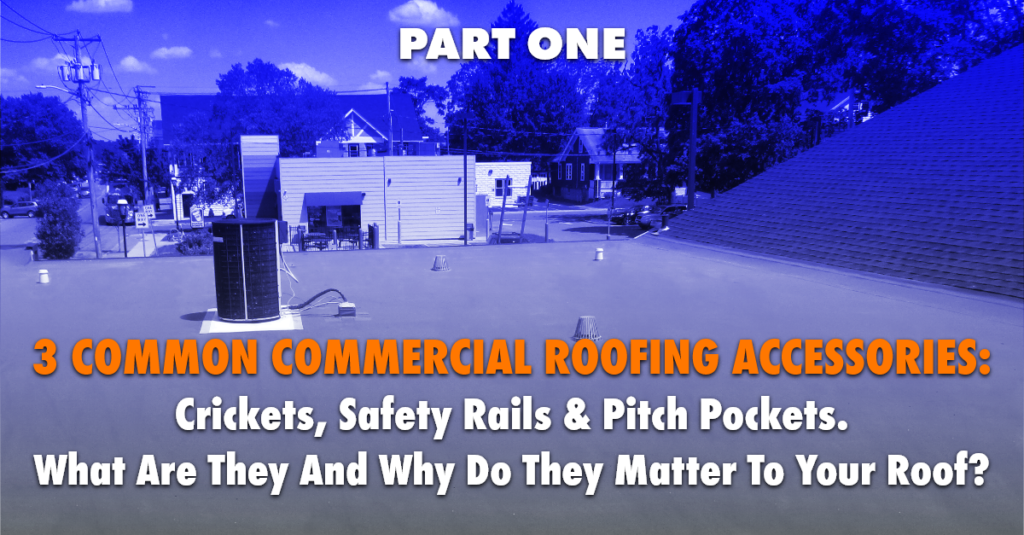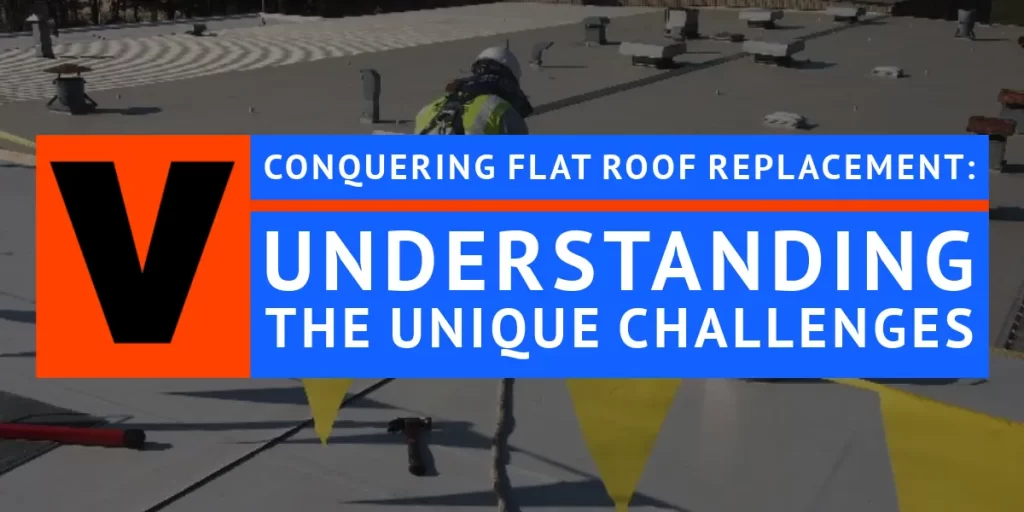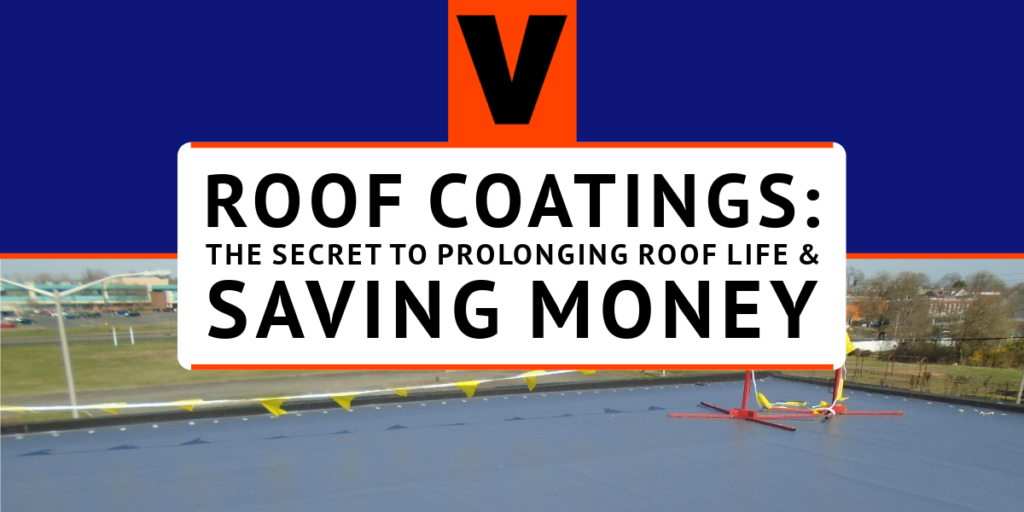Scheduling a commercial roof inspection is one of the best decisions you’ll ever make. That’s because the protrusions such as skylights, chimneys, and equipment curbs are a constant source of danger. For starters, they may cause serious water leakage. They may also pose a severe fall risk to the personnel working on the roof.
This two-part guide will look at three commercial roofing accessories that can eliminate both risks.
Crickets
Also known as a saddle, a roof cricket is a ridged structure installed to divert water around roof protrusions such as skylights, chimneys, and equipment curbs. You can install a roof cricket on the high side of a sloping roof to prevent water from pooling at the base of a roof penetration.
You may also use cricket to divert water to the drainage system on commercial buildings with flat roofs and parapet walls. For buildings with low-sloped roofs, crickets divert rainwater toward the scuppers and drains.
Roof crickets eliminate the risk of structural damage from rainwater pools and ponds around roof protrusions. Roof penetrations may allow water to seep beneath the roofing tiles. Mold, rot, and other problems may result when water infiltrates your roofing structure.
Crickets for low-slope roof systems are comprised of rigid insulation covered with a roofing membrane. They have a diamond or triangular-shaped pattern to create a double slope toward the roof. Flat roofs use a cricket with a quarter-diamond design near the parapet wall. You’ll need crickets with a full diamond pattern to connect two roof drains.
Safety Rails
Safety rails are a form of edge protection installed around common rooftop hazards such as access points, roof hatches, ladders, and unprotected edges. Safety rails can also provide comprehensive perimeter protection on commercial buildings.
Safety railings create a safe, OSHA-compliant working surface on sloped roof surfaces. By installing safety railings, you can be assured that anyone working on the roof will be protected from falls which would be tragic and could also saddle you with expensive personal injury claims.
While you can opt for a custom safety solution for your commercial building, safety rails fall into three categories – fixed, collapsible, and freestanding. Collapsible safety rails fold flat to the floor when not in use and are ideal for listed buildings. Fixed safety rails are often installed on top of parapet walls to provide permanent protection to people working on the roof.

Freestanding guard rails are ideal when installing an edge protection system without penetrating the roofing structure. Freestanding safety rails use counterbalances and weighted bases instead of nuts and bolts for anchorage. They’re often easier to install because there’s no need to drill into your roofing structure.
Pitch Pockets
Pitch pockets are roof flashings that create watertight seals around roof penetrations such as chimneys, skylights, pipes, columns, and HVAC vents. Also known as pitch pan pockets, these sleeves are flashed into the roof membrane of flat and slopping roofs.
The sleeves are filled with a flowable mastic compound such as pitch or resin to create a watertight seal around roof penetrations. They ensure that water and moisture don’t compromise the integrity of your roof.
Typically, pitch pockets are made from steel or aluminum sheets and resemble a top hat with the bottom and top removed. The vertical portion of the pocket wraps around the roof penetration and collects the sealant. The horizontal flanges secure the pocket while maximizing the contact area with the roof structure.
Previously, tar pitch or coal was the choice sealant, hence the name ‘pitch pocket.’ Today, non-shrink grout with self-leveling pourable sealer is used in place of tar pitch. Sealing the spaces between the roof structure and the base of the pitch pocket prevents water from leaking into the roof.
Typically, it takes a roofing expert to install a pitch pocket on the roof of your commercial building. An expert knows the suitable materials for each roofing system.
The sealants shrink and degrade with age, causing water to leak into your roof. Vibrations and shifts in the wind may also break the seal, causing water to leak into your roof. You should prioritize pitch pockets in your preventative maintenance inspection and have an expert inspect them twice a year.
Protect Your Commercial Roof Today
Roof protrusions such as chimneys, conduits, and skylights pose a significant threat to the integrity of your roof. Water may pool around these penetrations or pose a fall danger to personnel working on your rooftop. While plenty of roofing accessories help you eliminate these potential hazards, it takes a skilled roofing expert to pick the best solution for your rooftop. A roofing professional can help you choose the best safety rails and roof crickets and use the best sealants on your pitch pockets.
The roofing experts at Vanguard Roofing are on hand to help you with all your commercial roofing needs. From preventive maintenance to repairs and snow removal, you can count on us to keep your commercial roof in tip-top shape.
Contact Vanguard Roofing today, and we’ll help keep your commercial property in the northeastern US in the best condition. We provide the most reliable roof maintenance plans, from roof cleaning to full roof replacement and everything in between.



